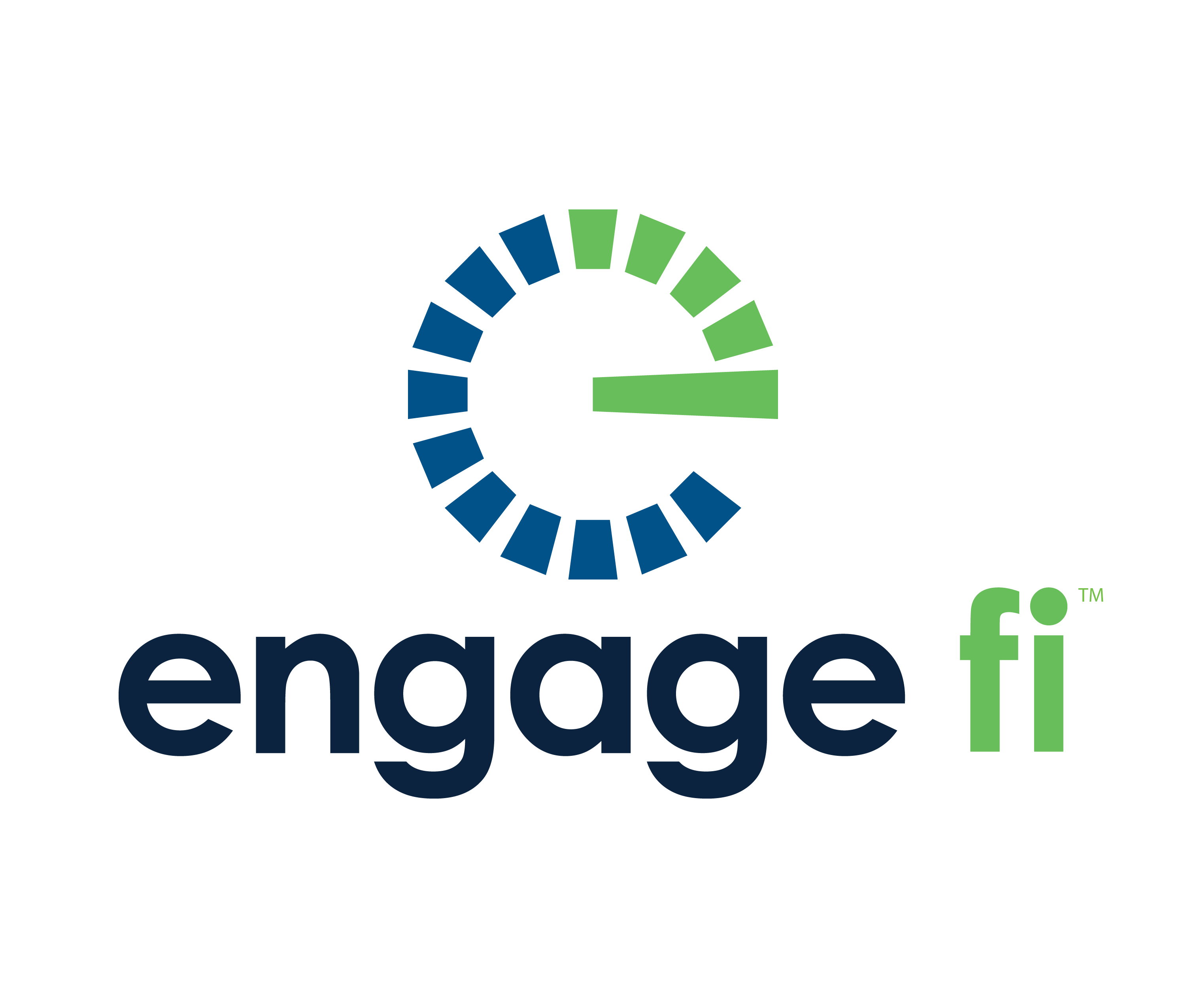Three Key Factors to Establishing a Successful Fraud Department
What is Fraud? Is fraud the wrongful or criminal deception resulting in financial or personal gain? Or is fraud a person/thing intended to deceive...
Navigate this high stakes process with precision.
A solution delivering fast, efficient, and accurate core data.
Digital solutions to grow, scale, and outperform.
Reliable, efficient, and integrated core platforms deliver results.
Select modern communications channels to integrate with core and digital solutions.
Strategic Planning
Support services for the strategic planning process at every level.
M&A Planning
Realize the key value drivers resulting from your merger or acquisition.
Performance Benchmarking
Tailored metrics and benchmarks designed to assess relationships.
Organizational Efficiency
Enhance efficiency across branches, digital channels, and contact centers.
A digital library of industry news, analysis, best practices, and thought leadership tailored to the challenges and opportunities faced by financial institutions.
Our in-depth analysis of conversion strategies, M&A activity, and the evolving landscape of financial services.
A podcast channel for the time-constrained banking professional delivering sharp insights on fintech, strategy, and leadership to help you stay ahead in a fast-changing financial world.
3 min read
 Engage fi team
:
6/28/24 3:53 PM
Engage fi team
:
6/28/24 3:53 PM

Now might be the best time to consider a merger or acquisition (M&A) despite the uncertain environment. Technology is changing the way we bank daily, and financial institutions should be looking forward to meeting the needs of their account holders. A merger or acquisition can provide significant benefits if the strategy is well thought out before any formal agreement is made. However, getting all stakeholders on the same page about what matters most can be challenging.
The top five areas financial institutions should examine when considering a merger or acquisition are highlighted below.
All potential M&A parties should agree with the direction of the strategy of the new entity. The key to a successful agreement is to ensure that the board of directors, executives, and, in the case of credit unions, its members are all on the same page.
Merging for the sake of merging or doing it because, in the end, the transaction seems inevitable is not the best motive, and the decision may be premature. Some financial institutions decide that this is the best course of action for a few reasons. However, not all lead to the best solution for the accountholders.
To be successful with your merger or acquisition, a good strategy that answers the question “why” must be in place. For example, does your financial institution want a multi-state expansion? Do you want to serve your customer base better, or do you need to focus on acquiring certain assets?
What is the impact on the community, and are the parties in agreement? When considering any M&A activity, it is vital to ask how the community will be affected. For example, will the transaction create new jobs, or will the community lose jobs? Will service to its accountholders improve, remain the same, or deteriorate?
Are there any sensitivities to be aware of? For example, are you merging with another bank or credit union that wasn’t valued or respected within the community? What will happen with the existing resources—will certain branches close? Will you have to deploy a higher level of technology such as interactive teller machines (ITM) to offset losing employees?
Know what the community will tolerate. What is the vibe? Are most consumers savvy tech-focused who will welcome ITMs? Or, are you looking at a community that enjoys and will continue to expect the small-town feel of working with someone who knows their name face-to-face? Once you understand this, you can determine what operating model you will commit to moving forward.
What are the exact cost savings, and who will benefit? What synergies can be created by combining vendor contracts and other critical relationships? In this situation, a third party is beneficial to guide you through the process. They have the expertise in this area and will be able to identify the available cost savings. Still, more importantly, they can help you realize any unknown opportunities that can be critical to the success of your merger. It sounds cliché, but you don’t know what you don’t know, and a third party can help you identify the cost savings and flush out additional opportunities.
Is the transaction taking place to improve the overall expertise of the new organization? Be sure to identify the reason for your merger. Is it to gain expertise, a footprint in the community, or both?
If you are acquiring a large institution, make sure you have a good reason. Can you serve your accountholders in Georgia when you’ve never been in Georgia before?
Your organization’s internal culture and alignment are critical to the success of your transaction, yet leaders often overlook this important element. Be sure to address your current culture and what might be impacted by the merger. What are your expectations? Focus on the actions needed to combine operations and deliver value. Culture is the outcome of the vision or mission that drives a financial institution, the values that guide expected employee behavior, and the management practices and mindsets that characterize how work gets done. Set priorities, support any change needed, and consider implementing a change management process to keep everyone on board.
The financial services industry continues to shrink for a variety of reasons. Therefore, before committing to such a long-term agreement, financial institutions should explore and evaluate all options and determine what is in their best interest. Some mergers and acquisitions do make good economic sense, but many times the process of considering the right reasons can be influenced in a variety of ways that may not be valid. Following the five steps above will ensure your financial institution is on the right path when considering any M&A activity.
To schedule a time to speak with one of our experts about a potential M&A, please call us at (844) 415-7962 or click here to book a call online.
To learn more about how Engage fi, visit www.engagefi.com

What is Fraud? Is fraud the wrongful or criminal deception resulting in financial or personal gain? Or is fraud a person/thing intended to deceive...

With consumers increasingly favoring debit over credit, banks have a unique opportunity to capitalize on this trend by leveraging their partnerships...

Gen Z does not have much interest in traditional banking. They were grandfathered into their families’ brick-and-mortar personal bank, and banking...